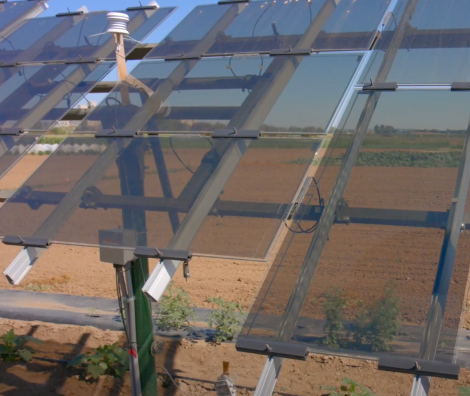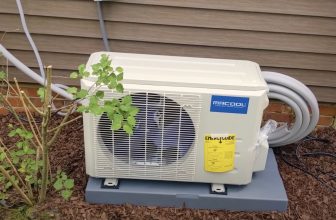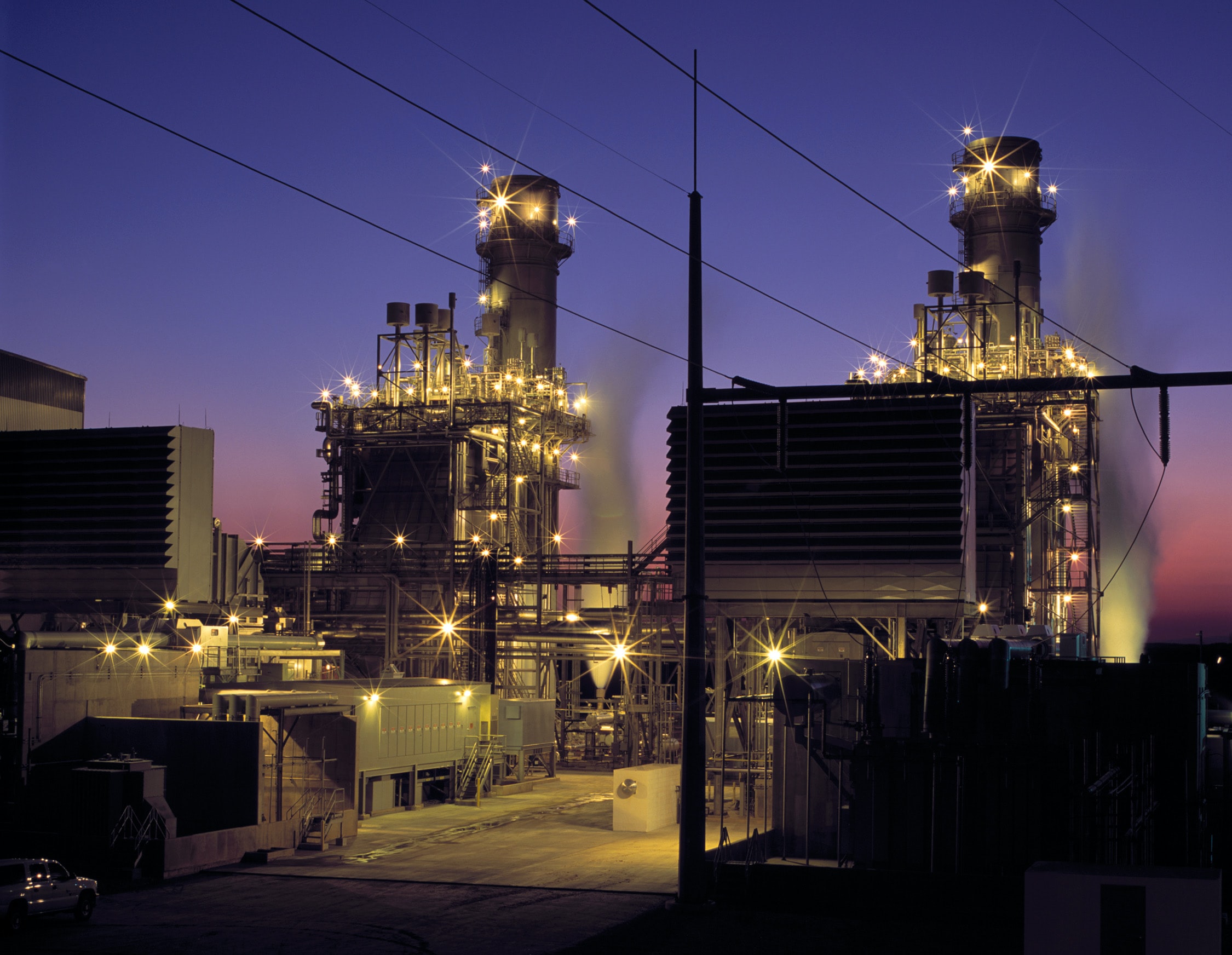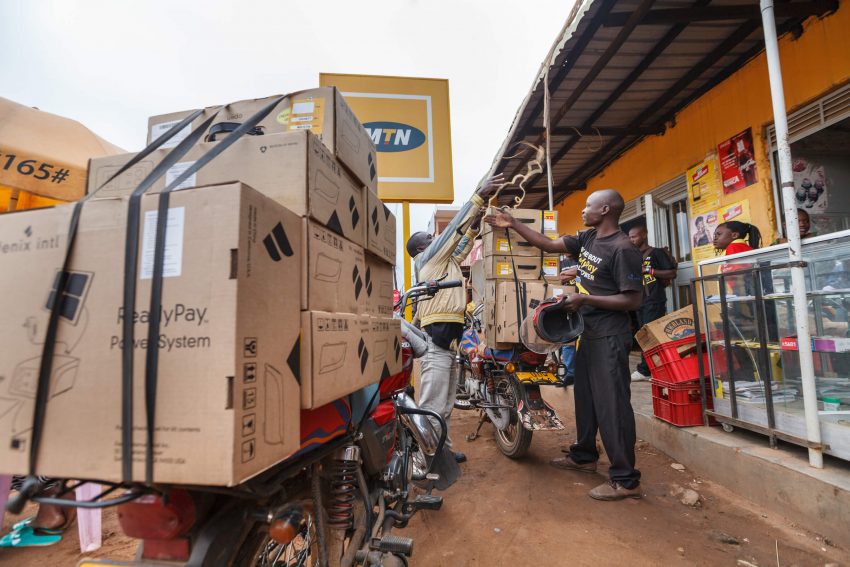
All farms are already harvesting solar energy. They use sunlight to turn carbon dioxide and water into food using the miraculous natural process of photosynthesis.
Inspired by photosynthesis, humans have created a similar (but far less complicated) way of using the same photons to create electricity. The processes actually share the same first step, where sunlight striking certain materials creates an electric current.
Researchers are finding that co-locating certain types of agriculture with solar PV fields provides numerous benefits to the farmers, communities, and the land.
In fact, it’s already popular to use solar fields for grazing sheep and growing pollinators. This type of agrivoltaics is often done as an afterthought (though it can be improved with good planning) as a way to get more use out of solar farms.
But Agrivoltaics has a huge opportunity with specialty crops like leafy greens, tomatoes, peppers, and even grapes. Research is showing that it’s often a win-win for farmers and the environment, and the technology is getting much better.
Solar panels are being developed that let useful light through, while shielding crops from harsh rays, winds, and hail. This is an incredible opportunity for farmers to supply all the electricity we need in addition to improving their farming practices and profitability.
The big idea
If you use land for only a farm or electricity production, you can have 100% production of either. It appears that you can co-locate and get at least 80% of both. This is like operating land at 160% while taking less from the soil.
Fields of Opportunity
In most cases, farms are actually using only a small percentage of the sunlight that reaches the soil. Many crops would do better with shade, which also improves water retention and overall profitability of a farm.
You might think plants need light, and reducing that would be a bad thing.
However, it’s being shown that in many climates reducing direct sunlight at certain times of the day improves yield and durability of crops. Agrivoltaic fields can be designed to provide shade when plants are likely to be stressed out from too much sun, and provide full sunlight when they need it.
The results are not surprising to organic farmers who are familiar with high tunnel greenhouses. High tunnels supply crops like tomatoes with just a little bit of shade and a protected environment with a less harsh impact from the sun. Moderating the environment improves yields.
Researchers at CSU are finding that agrivoltaics provides similar benefits to high tunnel greenhouses, and are much more scalable.
Solar panels also are able to provide income throughout the winter when fields are covered in snow. Many of these northern climates have very hot summers that also benefit from shade.
Advantages to Agrivoltaics
- Help crops through extreme weather events like high wind, heavy rain, and hail.
- Improve economics of farm including winter income, more resilient crops, diversification, and optionality.
- Allows for growing more shade crops in large open fields.
- Can power farm equipment, pumps, etc.
- Reduces need for watering.
Panels Are Key
The holy grail for Agrivoltaics is finding a solar panel that allows just the right amount of light through the panel. Blocking some light is good for the plants but you do not want to black out the crops completely.
The more light goes through the panel, the more panels you can have. The spectrum of light that moves through the panel also has implications for the types of crops grown.
Luckily, thin film solar panels already strike a very good balance between creating electricity and letting useful light through and they are getting better every year.
Cadmium Telluride is the solar technology showing the most promise for solar PV agriculture applications. They are about 40% transparent and create ideal growing conditions for many crops. It’s a thin film, transparent panel that you can see through. They also look really cool and are excellent for greenhouse operations.

Silicone panels can also be designed to have borders between the cell that let’s the desired amount of sunlight through. Here’s a bifacial array that’s about 5% transparent:
Traditional silicone panels (0% transparent) are also useful for Agrivoltaics, especially for leafy greens. As the sun moves, the shade will hit different areas.
These type of solar panels are the existing infrasture today, making up about 90% of the solar market.
Using traditional silicone solar panels without transparency is the least expensive way to get started with agrivoltaics. We recommend setting up a few panels on your plot and see how it effects the yield.
As thin film solar panels become cheaper and more available, they will become the no-brainer materiel for greenhouses and agrivoltaics.
Watch this space closely!





